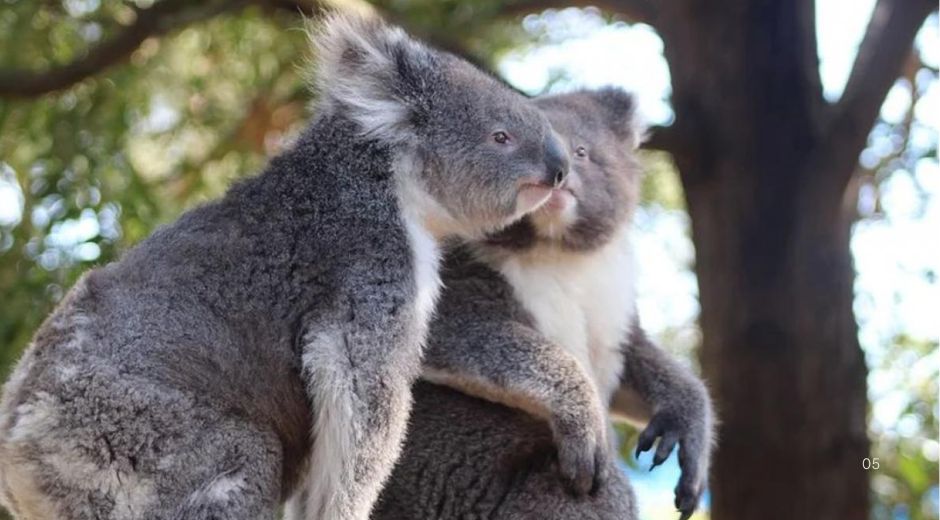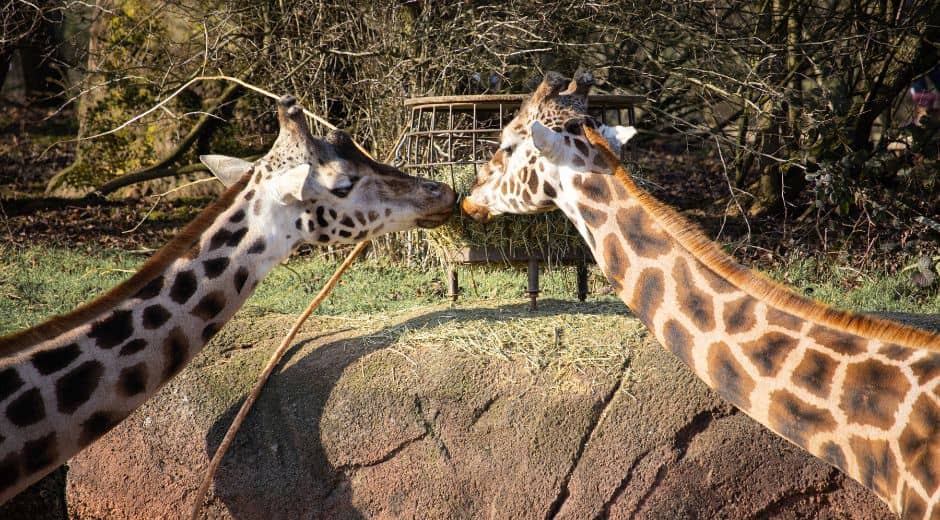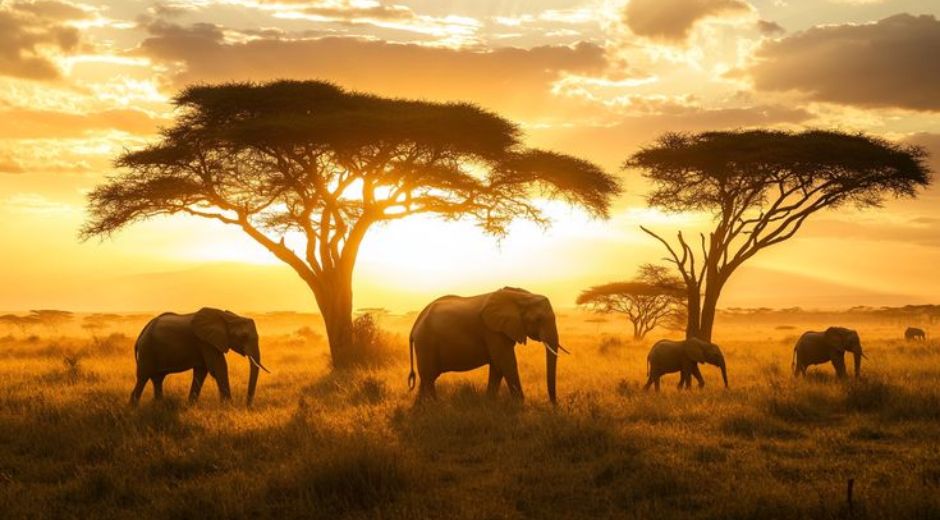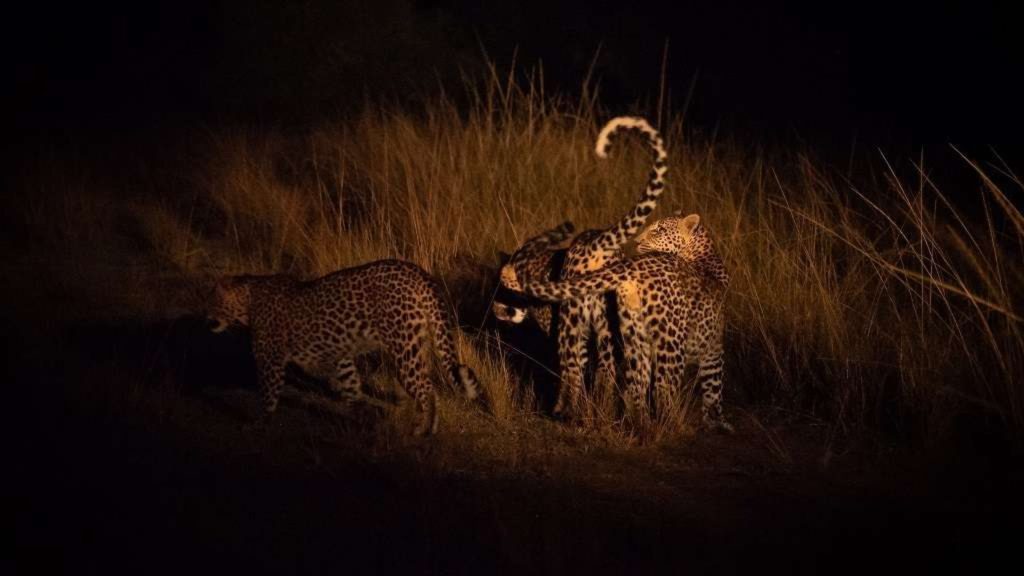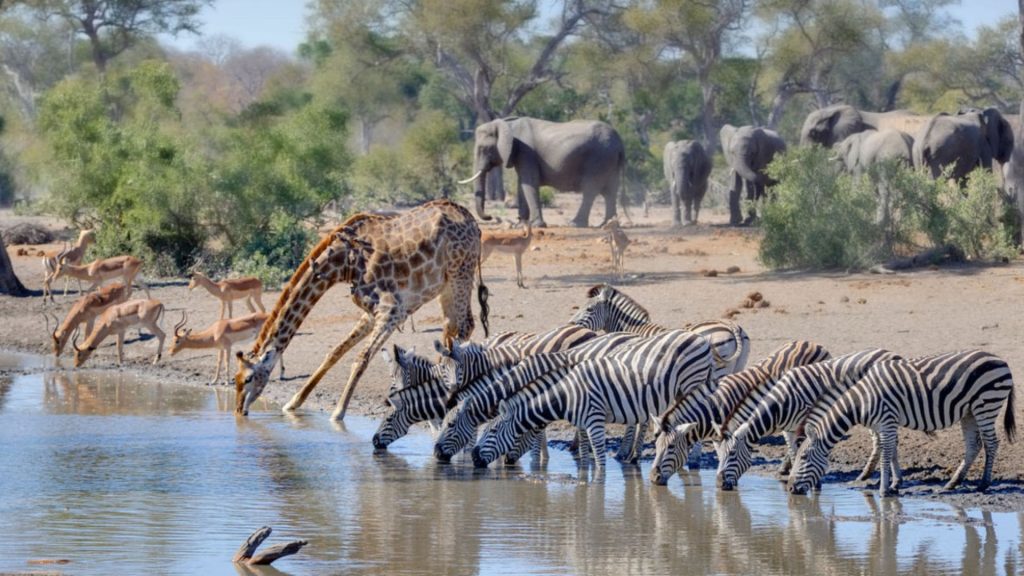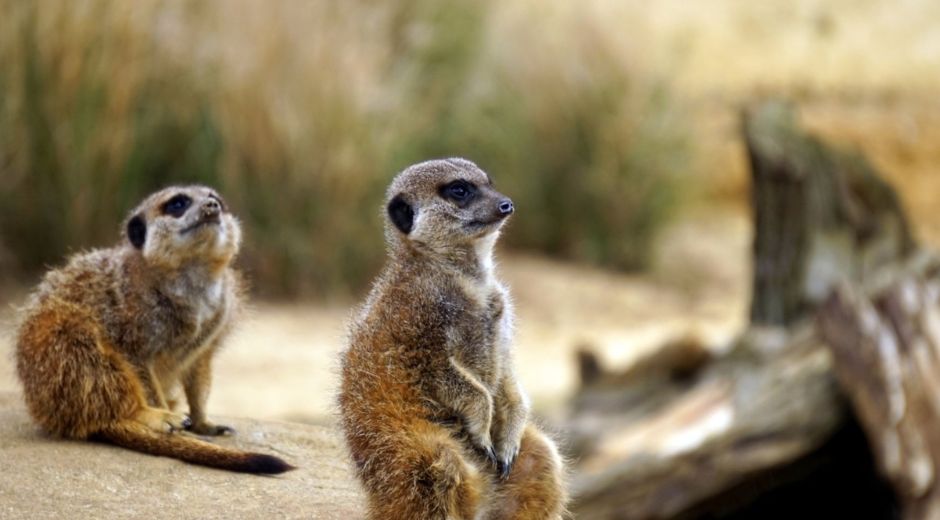Adaptation: How Animals Evolve to Survive Changing Worlds
Adaptation is nature’s masterpiece, the quiet process that allows species to survive, evolve, and thrive. Every claw, feather, and instinct found in the animal kingdom tells a story of resilience. From desert reptiles to polar bears, animals continuously adjust to shifting climates, predators, and ecosystems. Without adaptation, life as we know it would not exist.
The Meaning of Adaptation
In biology, adaptation means any trait that improves an organism’s ability to survive and reproduce in its environment. It can be physical—like thicker fur or sharper teeth—or behavioral, such as migration, camouflage, or communication changes. These traits are not random; they are refined through generations of evolution.
Charles Darwin’s theory of natural selection explained how these small advantages accumulate over time. Animals that adapt well to their environment pass on their genes, while those that cannot often disappear. Every living creature today is the result of countless successful adaptations.
Physical Adaptations: Shaping the Body to Fit the World
Physical adaptations are perhaps the most visible. Arctic foxes have thick white fur that keeps them warm and blends with the snow, while desert lizards have light-colored scales that reflect heat. Fish living in deep oceans develop bioluminescence to attract prey in total darkness.
Even the human body carries remnants of adaptation—from our opposable thumbs to our sweat glands. Each represents a response to environmental pressures, proving that survival depends not on strength, but on flexibility.
Another fascinating example is the giraffe’s neck. Once thought to exist solely for reaching high leaves, scientists now understand it also serves as a weapon during fights between males. Nature rarely designs for a single purpose; adaptation often serves multiple roles.
Behavioral Adaptations: The Power of Change
Behavioral changes are just as important. Birds migrate thousands of kilometers to follow food and warmer climates. Meerkats stand guard to warn their groups of predators. Octopuses, among the most intelligent invertebrates, use problem-solving and camouflage to evade threats.
These behaviors aren’t random acts—they are learned and inherited strategies. Over generations, they become instinct, guiding species toward survival. Adaptation through behavior often happens faster than physical evolution, especially when animals must react to sudden changes like habitat loss or human encroachment.
Adaptation to Climate Change
In today’s world, the speed of environmental change is unprecedented. Melting glaciers, rising temperatures, and deforestation challenge even the most resilient species. Polar bears now swim farther in search of ice. Birds shift migration routes and timings to align with altered seasons. Some species, such as frogs in tropical regions, develop resistance to new diseases spreading through warmer climates.
However, not all can keep up. Many species struggle to adapt fast enough, leading to extinction. Conservationists study adaptation patterns to identify which animals are most at risk. According to National Geographic, protecting biodiversity means understanding how species respond to these transformations before it’s too late.
Camouflage and Mimicry: Nature’s Art of Deception
One of the most fascinating forms of adaptation is camouflage. From leaf insects that blend perfectly with foliage to snow leopards that vanish into rocky cliffs, animals use deception as defense. Mimicry adds another layer of complexity—when harmless species imitate dangerous ones to avoid predators. The king snake, for example, mimics the venomous coral snake’s colors to stay safe.
Such adaptations show how evolution favors creativity. The balance between predator and prey depends on this constant innovation, a biological arms race that never ends.
Adaptation in Urban Environments
Cities are new ecosystems where wild animals face new rules. Pigeons, rats, and foxes have all adapted to urban life, changing their feeding habits and even their activity cycles. Some birds now sing at higher pitches to be heard above traffic noise. Raccoons have learned to open trash bins, using problem-solving skills similar to primates.
This rapid form of adaptation proves that wildlife can evolve behaviors even in human-dominated spaces. The challenge lies in ensuring that coexistence remains sustainable for both sides.
Social Adaptation and Cooperation
In complex species, survival depends not just on the individual, but on the group. Wolves coordinate hunts, dolphins communicate in clicks and whistles, and ants operate as a collective mind. These social adaptations create strength through unity, allowing communities to face threats that individuals could not.
At Zoopora, we study how cooperation and adaptation work together. From pack strategies to shared parenting, animals demonstrate that flexibility and teamwork are nature’s greatest tools for endurance.
If you’re interested in reading more about global studies on species evolution, Chronostual, where our team updates daily references to trusted ecological sources.
Human Influence on Wildlife
Humans are now one of the biggest forces driving animal adaptation. Cities, farms, and industries have transformed landscapes. While some animals benefit, many others suffer. Elephants change migration paths to avoid conflict with people. Birds nest in man-made structures. Even insects evolve resistance to pesticides.
This dynamic shows how tightly human progress and wildlife evolution are connected. Every technological or environmental shift ripples through the natural world, forcing creatures to adjust in real time.
Learning from Nature’s Adaptability
Adaptation isn’t only a biological concept, it’s a life philosophy. Observing how animals respond to change teaches humans resilience and creativity. When faced with challenges, nature doesn’t give up, it transforms. The flexibility of life on Earth inspires innovation in science, architecture, and even psychology.
For example, studying shark skin inspired antibacterial surface design, while owl feathers influenced quieter airplane technology. Nature’s adaptations continue to shape our future.
The Ongoing Evolutionary Story
Adaptation never stops. Every day, somewhere on the planet, a new behavior, color pattern, or skill is emerging. Evolution is slow yet unstoppable, constantly refining life’s design. This process reminds us that survival is not about perfection, but about continuous growth.
The most adaptable species are often the ones that endure. Whether it’s a polar bear in the Arctic, a camel in the desert, or a pigeon in the city, each represents the same truth, life always finds a way.
Conclusion
Adaptation is the heartbeat of evolution. It reflects nature’s determination to endure, change, and flourish in every environment. Through adaptation, species overcome obstacles, balance ecosystems, and write the ongoing story of life on Earth.
In an ever-changing world, understanding this mechanism helps us appreciate how fragile yet resilient life can be. It challenges us to adjust as well, to act with awareness, protect biodiversity, and live harmoniously with the planet we share.
Every species, no matter how small, is a testament to nature’s brilliance, a living symbol of survival through change.
Wildlife Behavior Curiosity

Training and Trust: Building a Stronger Bond with Your Pet
Discover why biodiversity is vital for ecosystems, climate balance, and human survival, and how conservation protects life’s intricate web.

Biodiversity: The Foundation of Earth’s Living Systems
Discover why biodiversity is vital for ecosystems, climate balance, and human survival, and how conservation protects life’s intricate web.

Adaptation: How Animals Evolve to Survive Changing Worlds
Explore how adaptation helps animals survive climate shifts, predators, and new environments, revealing nature’s incredible resilience.
